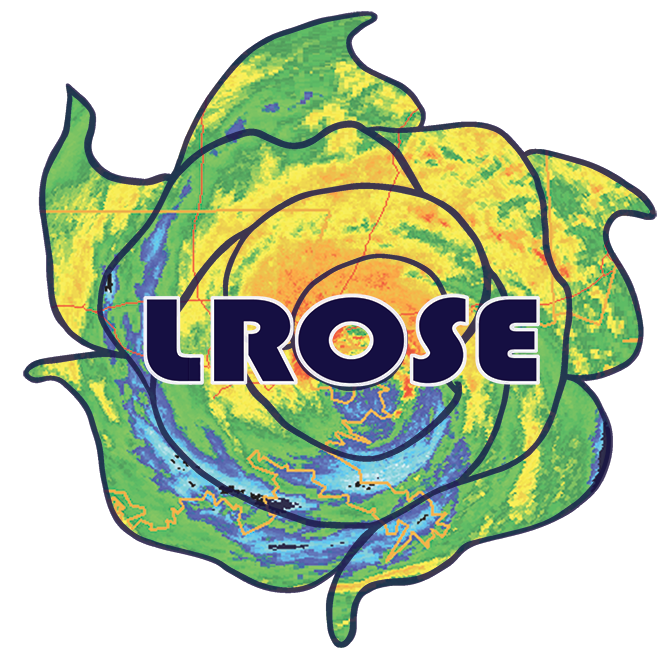The fourth LROSE release is called "Topaz" and encompasses six key toolsets that define a core lidar/radar workflow: Convert, Display, QC, Grid, Echo, and Winds
Topaz can be installed with pre-compiled binaries or compiled from source in C++ for native apps on Linux or Mac. Preliminary support is available for some tools on Windows.
Full documentation for Topaz is available on the LROSE website
We encourage users to register in order to receive critical software updates, and sign up for the mailing list to help build the LROSE community.
Help can be obtained by posting issues directly to the lrose-core Github repository, via our help mailing list, or Discourse user forum.
LROSE is a co-operative project between:
- Dept. of Atmospheric Science at Colorado State University (CSU) and the
- The Earth Observing Lab at the National Center for Atmospheric Research (NCAR).
LROSE is funded by the National Science Foundation.
Topaz focuses on high-quality, well-tested, well-maintained and well-documented key applications as ‘building blocks’, allowing users to assemble trusted, reproducible workflows to accomplish more complex scientific tasks.
In the current release, the following tools are available:
- RadxPrint - Query files to determine properties and support by the Radx engine
- RadxConvert - Convert 24 different lidar and radar formats to CfRadial NetCDF format
- RadxBufr - Convert Bufr format to CfRadial NetCDF format
- HawkEye - Real-time and archive display suitable for both scanning and vertically pointing radars.
- RadxDiffFields - Compare two fields in different CfRadial files
- RadxDiffVol - Compare two volumes in different CfRadial files
- RadxMergeFields - Merge fields from different CfRadial files
- RadxFilter - Perform simple filtering operations
- RadxPersistentClutter - Create a mask for persistent ground clutter
- Radx2Grid - Gridding and interpolation of ground-based radar data
- 3-D Cartesian gridding (x, y, z)
- Cartesian PPIs (x, y, elevation)
- Regular polar grid (range, azimuth, elevation)
- RadxKdp - KDP and Attenuation calculations
- RadxPid - KDP, Attenuation, and Particle Identification
- RadxRate - KDP, Attenuation, PID, and Rain Rate
- RadxQpe - Accumulated Quantitative Precipitation Estimation
- RadxEvad - Extended Velocity Azimuth Display single-Doppler retrieval
- FRACTL - Fast Reorder and CEDRIC Technique in LROSE multi-Doppler retrieval
- SAMURAI - Variational multi-Doppler retrieval and analysis package
- VORTRAC - Single-Doppler wind retrieval for vortices using the GBVTD or GVTD algorithms
Topaz is considered an 'stable' release.

